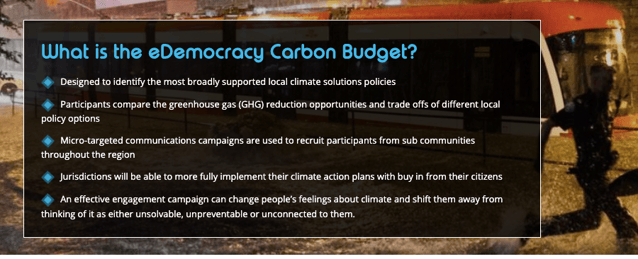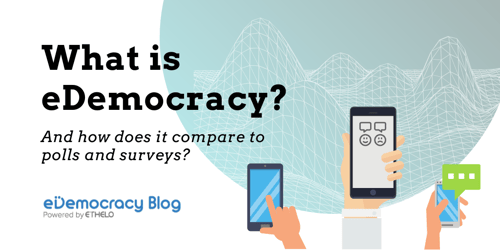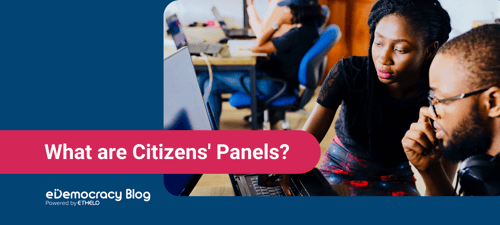
So we have declared a climate emergency…now what?
Over the past decade, communities have become more and more concerned about climate change and have tried to come at it from every way that they can: from dedicated bike lanes to district energy systems, from more buses to less garbage, and from multiple EV charging stations to solar rooftops on civic buildings. They have even created detailed climate action plans with citizen working groups, municipal/jurisdictional staff and energy planners putting in thousands of hours to track emissions and illuminate practical strategic directions to reduce greenhouse gases across key energy and emission sectors.
We have great plans.
And yet our emission reductions have been negligible.
Why? Is there a problem with the plans?
Actually, no. In fact, the plans are generally sound, fantastic, even award-winning in some cases. They are exactly the plans we should follow to reduce our GHG emissions and stop ourselves from driving over the brink. And yet we don’t.
There is one missing piece: the bridge that links the plan to action.
That 'bridge' is how the members of the community become engaged around the problem and really understanding it. That bridge is getting them involved so that they can not only be concerned about the problem, but can see how it affects them and how they can do something about it. It is the bridge that makes them want to inform the policy and take the actions needed to act on this emergency.
Because short of declaring martial law, or governments somehow paying for transforming virtually everything, the only way that we are going to carry the weight of this task is if we all do our part. This means someone needs to engage with community members in a way that lays all of this bare and helps them take ownership of their own futures.
But what do we actually do?
Climate change is such a polarizing topic that it is extremely difficult to clearly identify the best policies to focus on in our communities and to know which policies will divide us further. And yet we have to figure it out. Our very existence depends on it.

The new eDemocracy Carbon Budget platform combined with targeted engagement strategies is a way to move from policy planning to community engagement in collaboratively designing a plan with social license. The platform is built to facilitate this process for communities that have adopted climate emergency declarations; it's a way for cities to engage their citizens and implement their plans to reach their Greenhouse Gas (GHG) reduction targets.
The eDemocracy platform provides community participants with the chance to act on the emergency in a way that is much larger than the action of just one person. Each person can meaningfully contribute to designing the climate emergency plan for their community.
As a citizen user, you have the ability to compare the costs, GHG reduction opportunities, and trade-offs of common climate solutions policies with options customized to the specific possibilities in your area. You are then able to express their level of support for each option until you create your own plan based on your preferences. This information is merged with the information of other community members to create a comprehensive plan made up of set of options that are broadly supported.
The goal of this process is to figure out how to feasibly reduce GHG pollution to half of current levels by 2030. While community participants are free to choose their level of support for different emissions reduction options in their climate action plans, they cannot finish the process on this platform until they find a way to reach the 50% reduction goal. This is the (approximate) target outlined by the UN IPCC that has been adopted by the 1,000 governments around the world who have declared climate emergencies (specific targets vary depending on how much GHG levels have grown locally since 2010).
The Ethelo algorithm that powers the eDemocracy platform helps the community discover an optimal set of solutions that are likely to be the least divisive. The goal is an outcome without winners and losers. In the end, the result will be policies that are widely understood and broadly supported and therefore have the best chance of being implemented successfully.
But first, we need enough people to participate. In order to get through to a wide spectrum of residents, we utilize micro-targeted engagement campaigns that are rolled out online and offline. This includes ads on billboards, social media advertising, ads in local newspapers, transit ads, as well as radio spots, and posters.
The classic advertising techniques that we are employing are not often utilized in this sphere - and yet, they have been so successful in campaigns like the anti-smoking movement. This is an important ingredient in the recipe that we feel has been overlooked in the kitchen of misguided belief that says ‘people will act if they have proper information’.
Advertising, public relations, and especially social media have been used to create much havoc in the world of late. But we believe that it doesn’t have to be this way. It is possible, and in fact should the goal, to use these tools to bring people together in a common cause. We need to shape it instead of letting it shape us. This is about reclaiming the town square and using our collective focus to make change for the better.
Micro-targeted campaigns play a key role in not only increasing participation but also in shifting awareness and increasing support for local climate policies. They are not just about getting people involved in the policy process but are, perhaps most importantly, about shifting culture.
 With the new eDemocracy Carbon Budget platform we have a way to focus our collective attention on the specific reductions of greenhouse gases that we committed to meeting and our progress towards those goals. This climate emergency planning process can be repeated annually or more frequently if need be.
With the new eDemocracy Carbon Budget platform we have a way to focus our collective attention on the specific reductions of greenhouse gases that we committed to meeting and our progress towards those goals. This climate emergency planning process can be repeated annually or more frequently if need be.
Engaging a cross section of community members is critical for us to take our next steps over the bridge from plan to action. We need to change almost everything, and that is going to take almost everyone. This can never work without all of our combined enthusiastic participation. We have the opportunity to redesign the world we live in. Everyone should have a voice.
The bridge between concern and action lies in the communities themselves. It lies in revealing the invisible elephant in the room and in helping people take the leap from business-as-usual to a new vision for the future. But most of all, it lies in finding a way to show them that they belong in that future, and that the only way they will get there is if they cross that bridge themselves.
Tarah Stafford
Co-Founder
Ben West
Executive Director 




